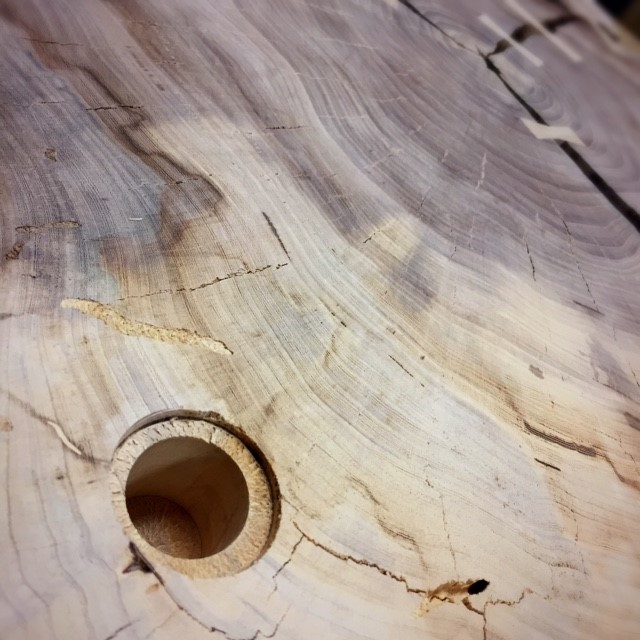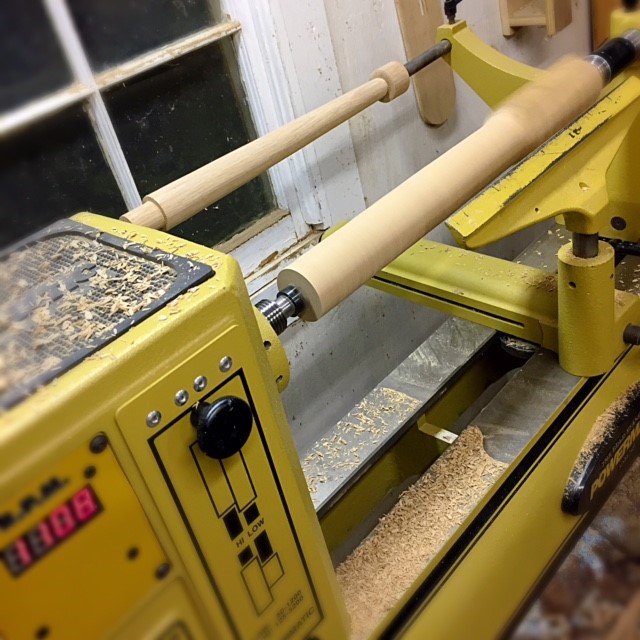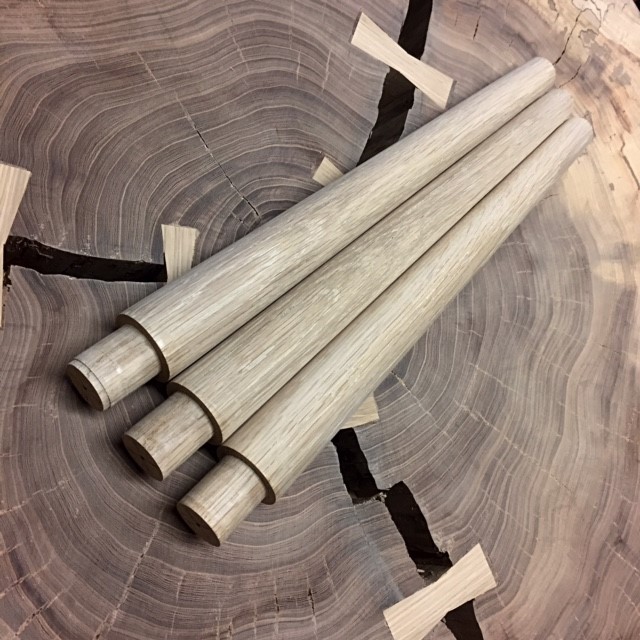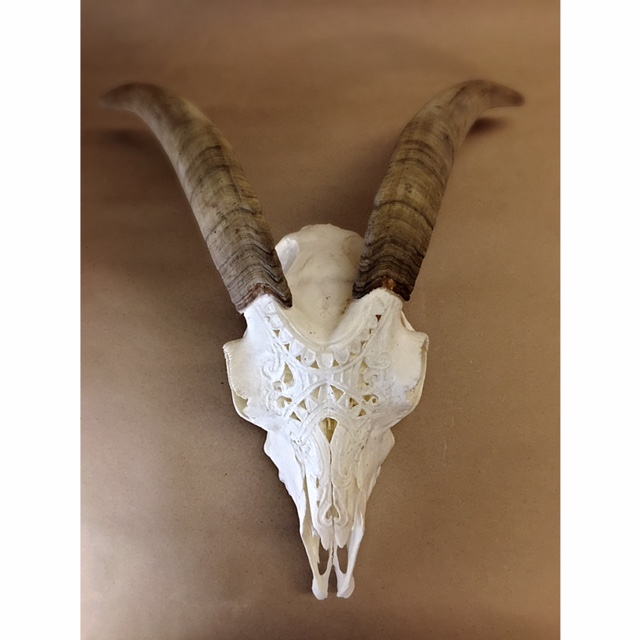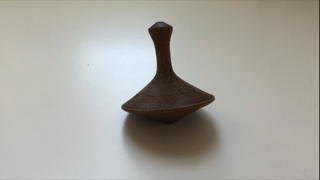There is a new piece taking shape in the shop, a Nakashema and shaker style inspired bench. The progress has been s-l-o-w, hampered by a lot of starts and stops. However, it’s progress and I, have much time to sit and think along the way.
The bench seat preparation has taken a lot longer than I had originally estimated. So to get you caught up… I glued two pieces of mesquite together to create the bench seat then broke out the trusty router plane and planed it flat. Note to self… I really need to get a bigger planer (isn't Dad's Day coming up soon?). After it was more or less flat, I filled the giant crack and numerous smaller ones with black tinted resin. Then more flattening because someone is really messy when pouring resin and that stuff does not just wipe off.
My thoughts on the crack(s) in the mesquite seat. First, I’m not concerned about it from a structural standpoint, the resin more than takes care of that. In choosing to use mesquite, I am forced in most cases to work around them or with them. I personally love the look, the color, the depth of the grain and the overall richness of the wood. In addition, I’m fond of the organic and rustic nature of the wood. Since I’m choosing to use mesquite and since the tree grows very slowly and it’s rare to find one this big around without any cracks I’m forced to address them. My options are to choose a different wood species, hack several boards apart and then glue them back together (which I never really like especially in this case) or I can just let the wood be what it is, great looking - dare I say beautiful with some imperfections and character.
OK enough about the that.
I’m now working on the legs. Where the seat and back rest rail will be in mesquite; the legs and back spindles will be in white oak. My hope, and what I’m planning on, is that the white oak will complement the lighter color sap wood of the mesquite and create a very nice balance. My fear is that the two different woods are going to be in stark contrast with one another. We won’t really know until the finish goes on so – fingers crossed.






